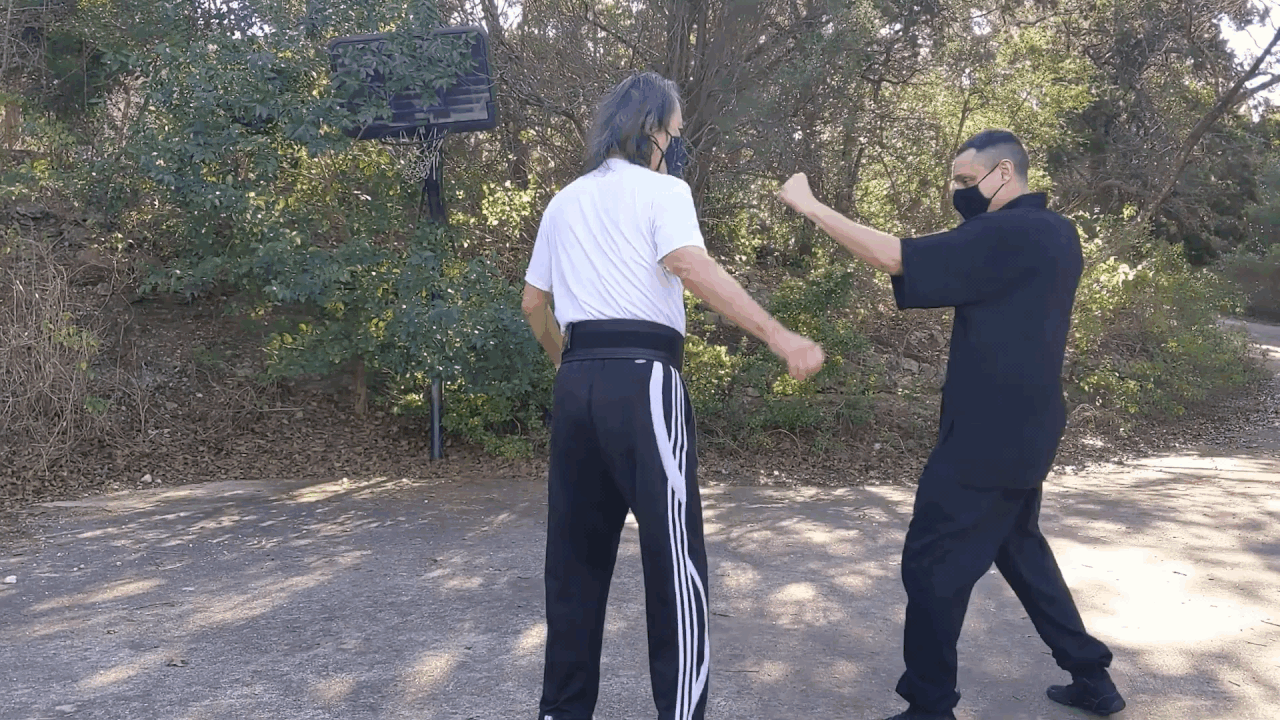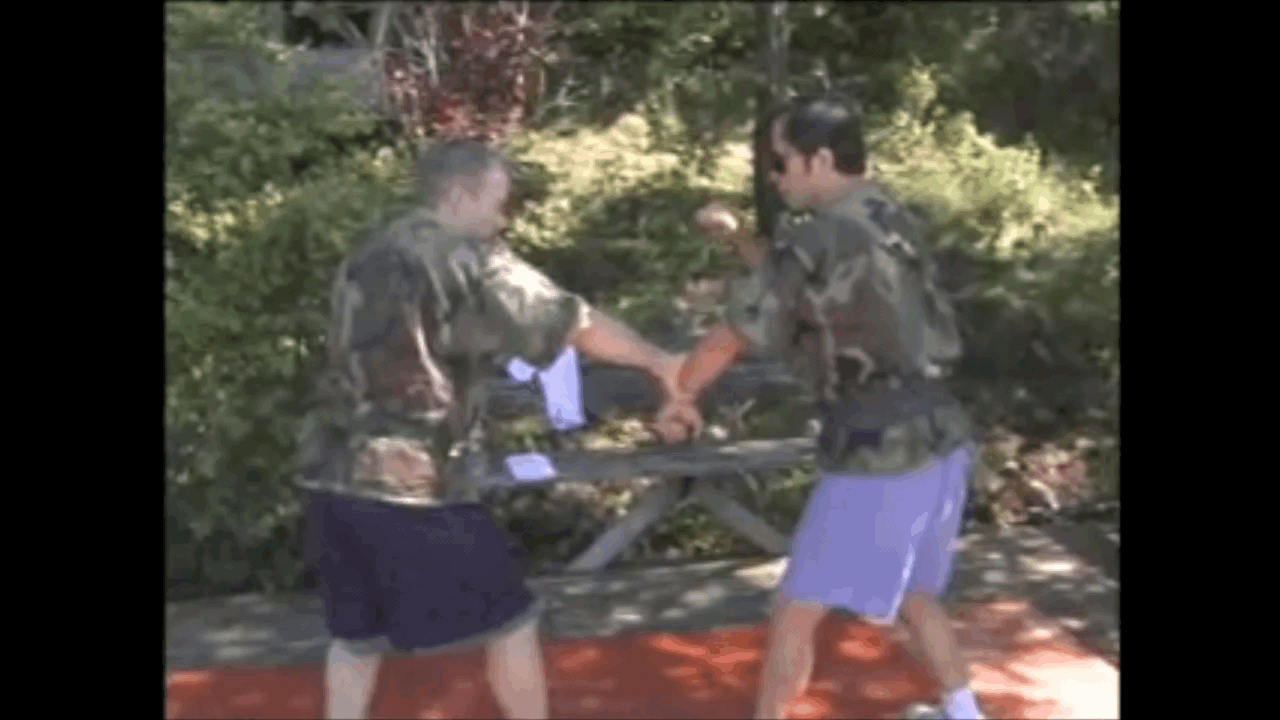skribs
Grandmaster
Do you like to train your kick (such as roundhouse kick, or side kick) when you pull your opponent's leading arm?
When you have chance to grab on your opponent's leading arm, do you want to
1. kick him?
2. punch him?
3. take him down?
My concern is if you can pull your opponent's arm, you can establish a clinch. I prefer to obtain that clinch than to land my kick on my opponent's body.
IMO, it makes sense to move from:
kicking range -> punching range -> clinch range
It doesn't make sense to move from:
clinching range -> kicking range
What's your opinion on this?
I think it's fine to prefer certain strategies, but you shouldn't limit yourself to one.
Grabbing an arm and pulling usually starts from punching range, not clinching range.


